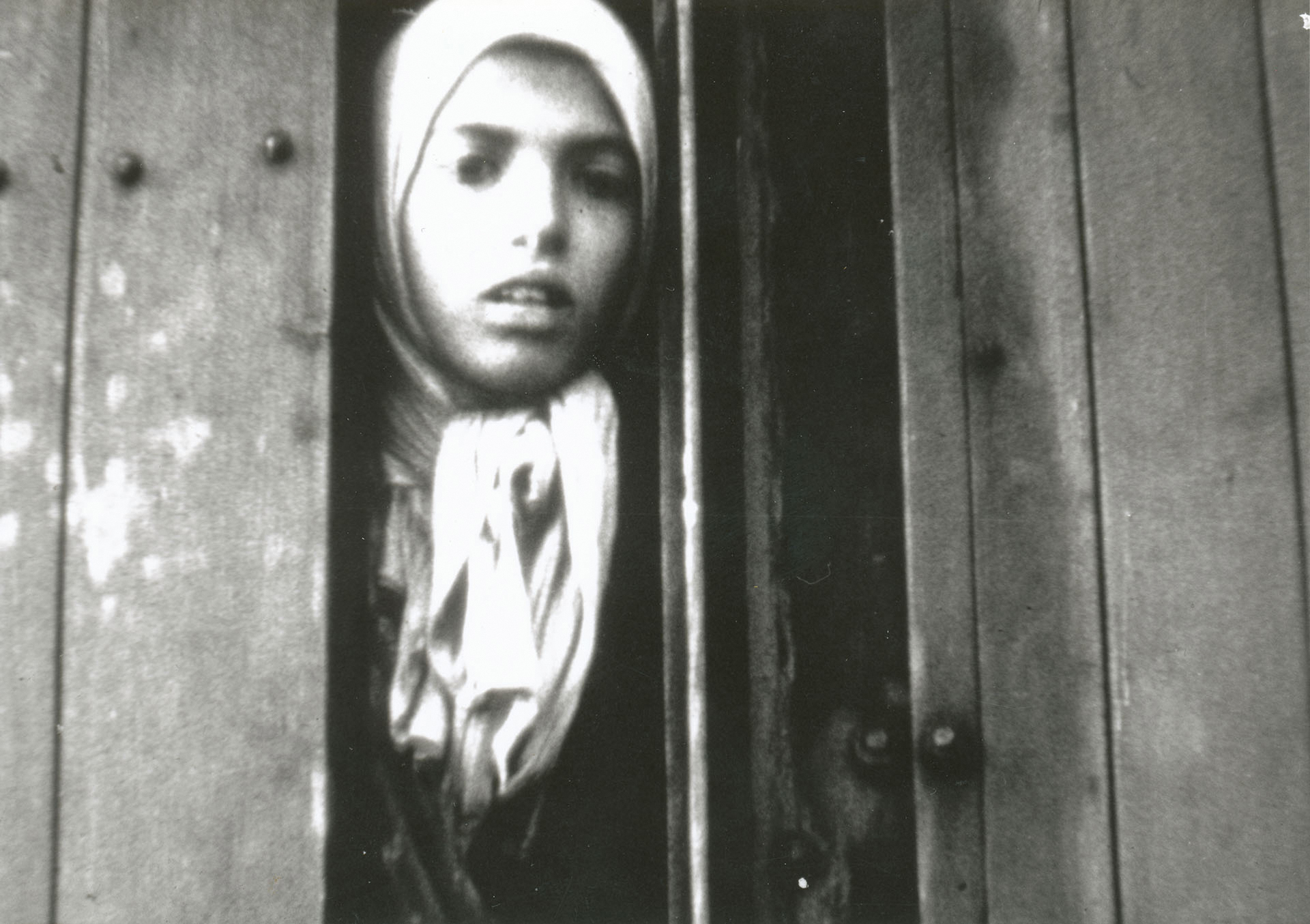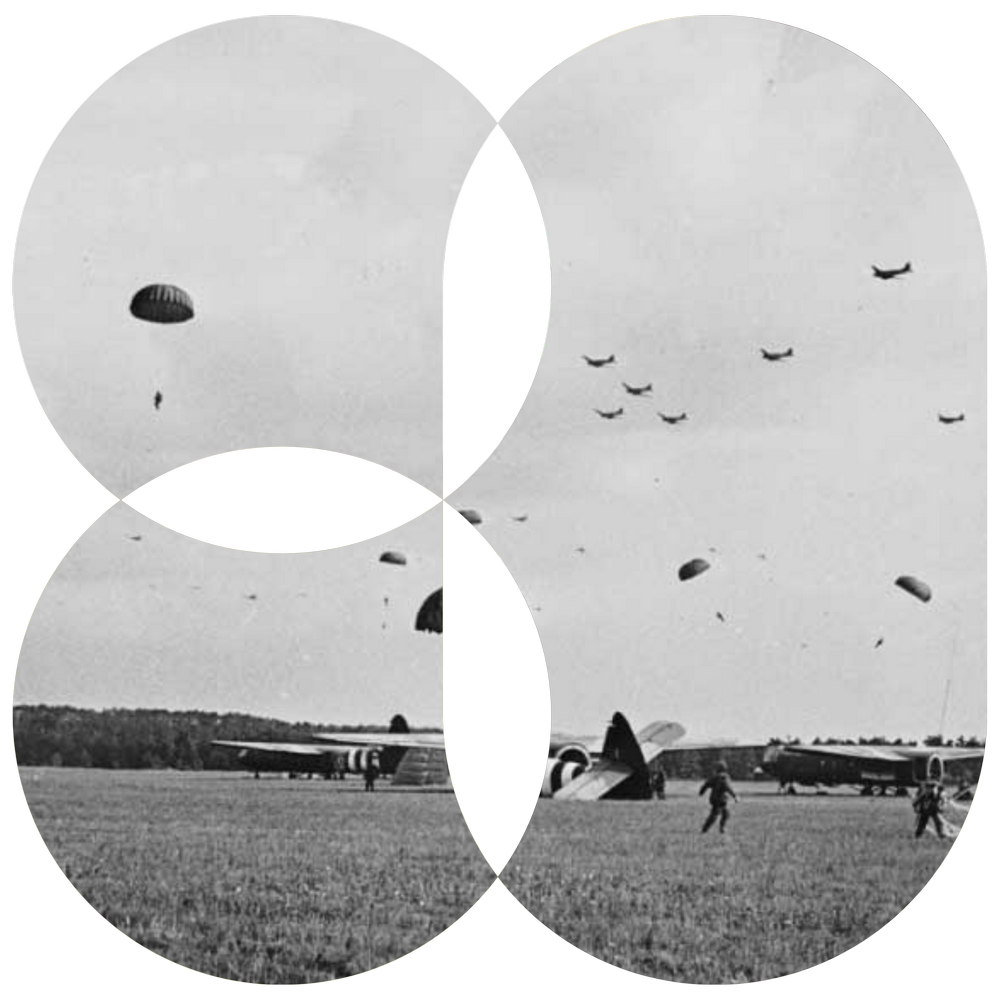
When the transport is ready for departure in Westerbork, the girl carefully sticks her head out between the doors of the freight wagon. On behalf of the camp commander, Jewish prisoner Rudolf Breslauer made a film about the transport that day. The girl's curiosity is aroused by the camera and Breslauer catches her eye on his film. “Get away from that door, your head will be caught in it,” her mother shouts and the girl disappears back into the wagon. Not much later the train leaves for Poland.
Get away from that door, your head will be in between
Breslauer's film images emerge when the Second World War is over. The image of the Jewish girl carefully sticking her head out of the train stands out. For seven seconds you see her peering outside in the images. She is young, wears a white headscarf, but no one knows her name. Her portrait has been used many times and over the years she has been given the title: “The girl with the headscarf”. Journalist Aad Wagenaar also sees the image. He becomes intrigued by the girl and decides to start a search for her true identity. Wagenaar examines the wagon number visible in the film and discovers that, contrary to popular belief, it is not a wagon with Jews. The girl is one of the 245 Sinti and Roma who were deported from Westerbork to Auschwitz on May 19. For years, the image of the unknown girl has lived on as an icon of the Dutch persecution of Jews.


Her name is Settela Anna Maria Steinbach. Born under a caravan on December 23, 1934 in Buchten, South Limburg. Her father was a trader and violinist at fairs and village festivals. On May 16, 1944, she was arrested in Eindhoven and her head was shaved in Westerbork camp. She is ashamed of this and that is why she wears the white headscarf. Settela died in Auschwitz at the age of only 9. Without knowing that she will live on in a strange way.
Settela makes us realize that in addition to Jews, Gypsies were also persecuted during the Second World War.
On May 14, 1944, the Dutch police forces received an order from Germany. '[…] a central arrest of all persons residing in the Netherlands who possess the characteristic of gypsies'. The national roundup took place on May 16 and more than 550 Sinti and Roma were arrested. Not everyone turned out to be a gypsy according to the criteria and they escaped the dance. Ultimately, 245 Gypsies were deported. Settela's mother, two farmers, two sisters, aunt, two nephews and niece were also part of this group. They did not survive. Settela's father died shortly after the war. It is unclear how many Gypsies have been persecuted in Europe. Estimates range from 200,000 to 1.5 million.







